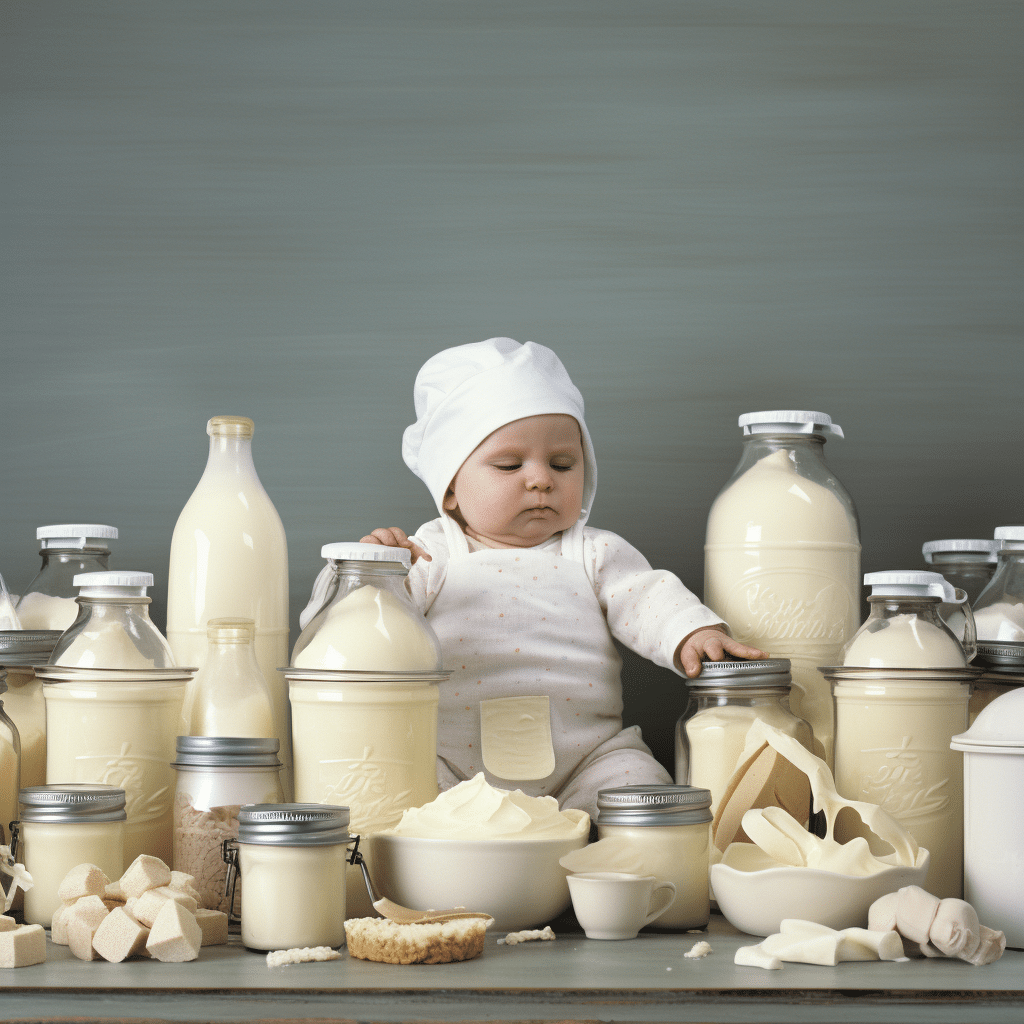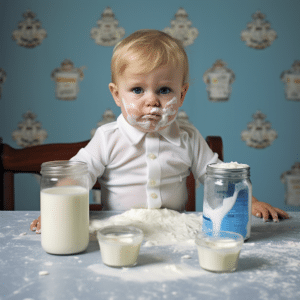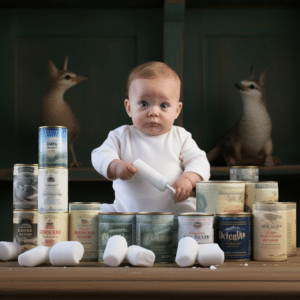
Baby Formula Preparation: Types, Pros and Cons
baby formula preparation: Daycare institutions provide supervision of babies and infants during the day or, in some cases, at night. In most cases, parents pack food for their kids. This article explores formulas’ definition, preparation, pros, and cons.
What Is the Baby Formula
Babies are fed on formulas as a substitute or complete replacement for human milk. According to the U.S. federal for food, drug, and cosmetics (FFDCA), formula is food that purports to be or is represented for particular dietary use solely as a food for infants.
It simulates human milk or its suitability as a complete or partial substitute for human milk. It’s used by infants and babies below the age of 2 years. The world health organization (W.H.O.) introduced the international code of marketing breast milk substitutes in 1981 to ensure that the health claims and composition advertised by the manufacturers were correct.
The regulations vary from country to country, and one should ensure they understand the ingredients well to get the required nutrients.

Preparation
Observe proper hygiene during preparation to avoid contamination. The formula is prepared and packed as follows;
- Read the instructions on the tin before paying particular attention to the expiry date.
- Pour boiled and cooled water into a feeding bottle.
- With a clean, sterilized spoon or knife, the required amount of powder should be scooped from the tin and added directly to the water.
- Tightly close the bottle using a ring and cap.
- Gently swirl the bottle and shake it vigorously to ensure the water and powder mix thoroughly.
- Refrigerate the mixture at below 5 degrees Celsius within 1 hour after preparation to avoid bacteria contamination.
- During packing for daycare, use a baby thermal bottle or a nice bag with ice packs, and use the formula within 2 hours.
- If the formula will be needed after more than 2 hours or consumed several times in the day at the daycare, the powder and water should be pre-measured and packed separately to be mixed whenever needed. Bacteria can quickly and easily contaminate the prepared formula.
Types Of Baby Formulas
Baby formulas fall into six main categories:
Cow –Milk Based Formula: Manufactured from cow’s milk. It takes 80% of the market share as it’s the most readily available and cheap. To make it more comparable to breast milk, lactose is added, and the proteins are hydrolyzed to make them easier to digest. To make them easier to digest, vegetable oils are often added as an additive.
Soy-Based formula. Soy formula lacks lactose and uses soy for proteins. Infants who are lactose intolerant can safely drink this.
Specialized formula. This formula is specifically designed for babies with specific disorders or diseases, such as those prematurely born. It should ONLY be used under particular recommendations by a pediatrician. It is available in 3 primary forms;
Powder. Usually in powder form and packaged in tins. The required amount is scooped, measured, and prepared with water for use.
Liquid. It is similar to powder but in liquid form.
Ready–To–Feed. It’s the priciest of the three, and the only one that doesn’t require any additional work before consumption.
When To Use Formula
One of the most challenging decisions for a mother is to switch from breastmilk to formula.
Such a switch could be due to a personal choice or other factors such as:
- Mother’s health. When a mother suffers from conditions such as Hiv or active tuberculosis, she cannot breastfeed. There’s a 5%-20% chance of transmission of H.I.V. from mother to baby. Other situations, like a mother being on drugs, may prevent breastfeeding.
- How well a baby can breastfeed. When the baby was born with a problem or has a metabolic disorder like galactosemia, it can’t breastfeed. In this case, formula milk is given to the baby to keep it from getting hungry and malnourished.
- Risk of not eating enough. If a mother’s milk doesn’t have enough iron or vitamins, for example, you can add formulas to lower the chance of deficiency.
- Experiences, Beliefs, and Preferences. Post-traumatic disorders such as rape may trigger postpartum in mothers making it difficult for them to breastfeed their infants and hence the use of formula.
- Mental Health. When connection and concentration are lost due to a mother’s mental health, avoid breastfeeding for the safety of both mother and child.
- Moms Absence. The only option is a formula in cases such as the mother’s imprisonment, adoption, orphans, sole custody, or infant abandonment.
- Allergies. In cases where breast milk contains allergic food to the baby, the better option is to use formula.
- Financial pressure. You can introduce formula when situations demand that one work for survival despite having a baby, especially in developing countries.
- How the society is put together. In places like offices or holy buildings, it can be hard or even against the rules for mothers to breastfeed. This forces them to use formulas.
- Social pressures. Family, peers, or even workmates can pressure you not to breastfeed.

Pros & Cons
Just like everything else, the formula has its highs and lows;
Pros
- Anyone can feed the baby.
- You can formula-feed a baby in public.
- Tracking a baby’s intake is easy.
- It eliminates a mother’s fear of low-milk supply.
- You can change diets without fear of allergic components in the milk.
- It helps infants who are intolerant to lactose.
- A mother’s health doesn’t affect the baby.
Cons
- Compared to breast milk, it’s lower in nutrients
- It wastes time and effort to prepare.
- It is expensive.
- It weakens the baby’s immune system, making them more likely to get sick with things like diarrhea.
- It’s inconvenient as it requires carrying clean bottles and nipples everywhere.
- Studies have proven that a non-breastfeeding mother risks diseases such as breast cancer and osteoporosis.
- The baby might refuse to take it.
In conclusion, the baby formula remains one of the most quick-fix nutritious foods for infants who can’t breastfeed for various reasons. Due to their high and fast contamination, observe proper hygiene when packing the formula for daycare to protect the baby’s health.